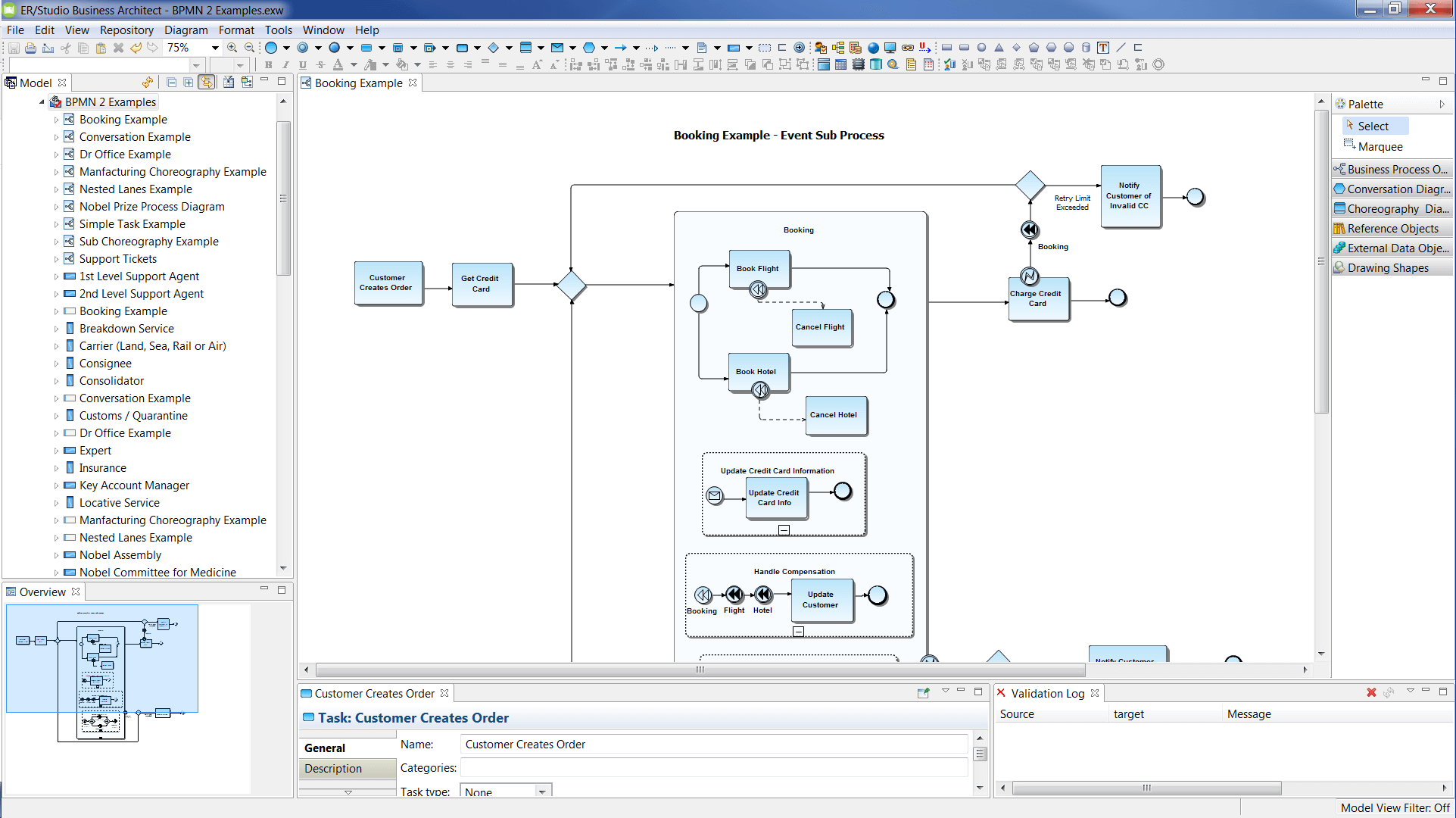Geek Sync Webcast : Geek Sync | Become a Better Data Modeler. Part 5: Write Effective Entity Definitions
Geek Sync Webcast : Becoming a Better Data Modeler: Part 5 (Writing Effective Entity Definitions)
Definitions are often not given the attention they need. Most definitions are vague and up for interpretation, leading to inconsistent interpretations of the data model. How do you write a clear, complete, and correct entity definition? Learn how in this Geek Sync. Steve reveals tips for writing effective definitions and for improving existing definitions, to ensure that the definitions support the precision of the data model. Expect an interactive and entertaining session!
Here is your download link for ER/Studio Enterprise Team Edition!
Please choose the file that meets your system requirements:
You’ll also receive a confirmation email with a download link for your product. To ensure email delivery, please whitelist [email protected]. If you do not receive your email, please be sure to check both your inbox and filters for a message from [email protected].
Topics :
Products :
Steve Hoberman has trained more than 10,000 people in data modeling since 1992. Steve is known for his entertaining and interactive teaching style (watch out for flying candy!), and organizations around the globe have brought Steve in to teach his Data Modeling Master Class, which is recognized as the most comprehensive data modeling course in the industry. Steve is the author of nine books on data modeling, including the bestseller Data Modeling Made Simple. One of Steve’s frequent data modeling consulting assignments is to review data models using his Data Model Scorecard® technique. He is the founder of the Design Challenges group, Conference Chair of the Data Modeling Zone conferences, and recipient of the Data Administration Management Association (DAMA) International Professional Achievement Award.

